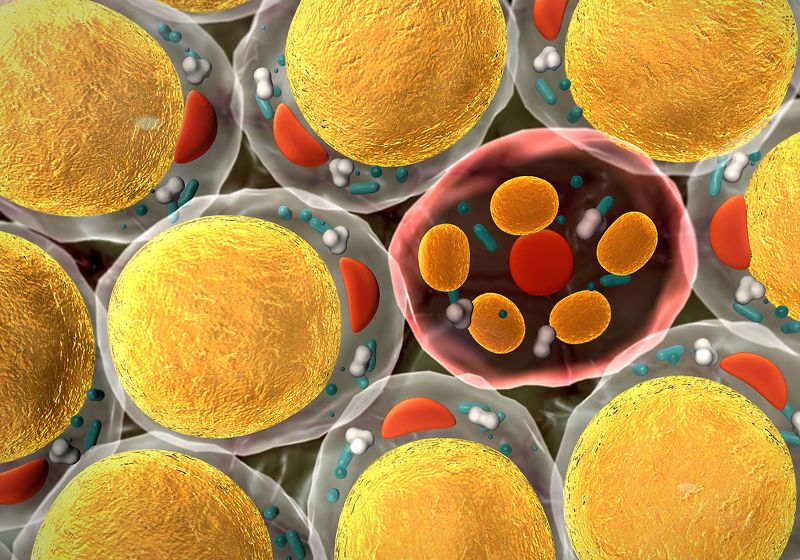Household Slime May Harbor Useful Extremophiles

Microbes are masters of survival, having honed their remarkable adaptability over billions of years, enabling them to thrive from garden soil to hydrothermal vents. To better understand these organisms, Braden Tierneya microbiologist at Harvard Medical School, co-founded the nonprofit organization Two Frontiers Project (2FP) which explores how extremophiles might be solutions for climate change, sustainable agriculture, and human health.
While Tierney’s past 2FP expeditions have resulted in the discovery of carbon dioxide-eating microbes from marine volcanic seeps, he and his team also look at extremophiles thriving in more accessible, everyday places.1 To tap into this overlooked microbial frontier, 2FP launched The Extremophile Campaign: In Your Home in October 2024 in collaboration with CitScia global citizen science platform, and SeedLabsmicrobial sciences company SeedHealth’s environmental division. The project invites people to explore the extreme environments in and around their homes, helping researchers catalog unusual and potentially valuable microbes.
Since then, citizen scientists have uploaded photos of persistent sink slimes, stringy dishwasher growths, and other oddities to CitSci’s site, accompanied by an online survey that includes information about the location (indoor or outdoor), temperature, condition (dry or wet), texture, and smell of their discovery. Scientists review the submissions and send sampling kits to select participants, which are then analyzed and sequenced at 2FP. “I love the community-building aspect of this work,” said Tierney. “We’ve seen some truly bizarre stuff, especially from AC drip trays.”
In the spring of 2025, a sister initiative—The Extremophile Campaign: In the Wild—began, calling on US participants to document carbon dioxide-rich “soda springs” and other unusual natural springs near them. Sample collection and DNA sequencing are ongoing. Tierney noted plans to store all data in the open-access 2FP Living Database, enabling future research. “We really want to build that resource where we can provide communities of microorganisms and individual organisms to people who want to solve these problems with naturally evolved mechanisms.”
Want to submit your own citizen science project?




